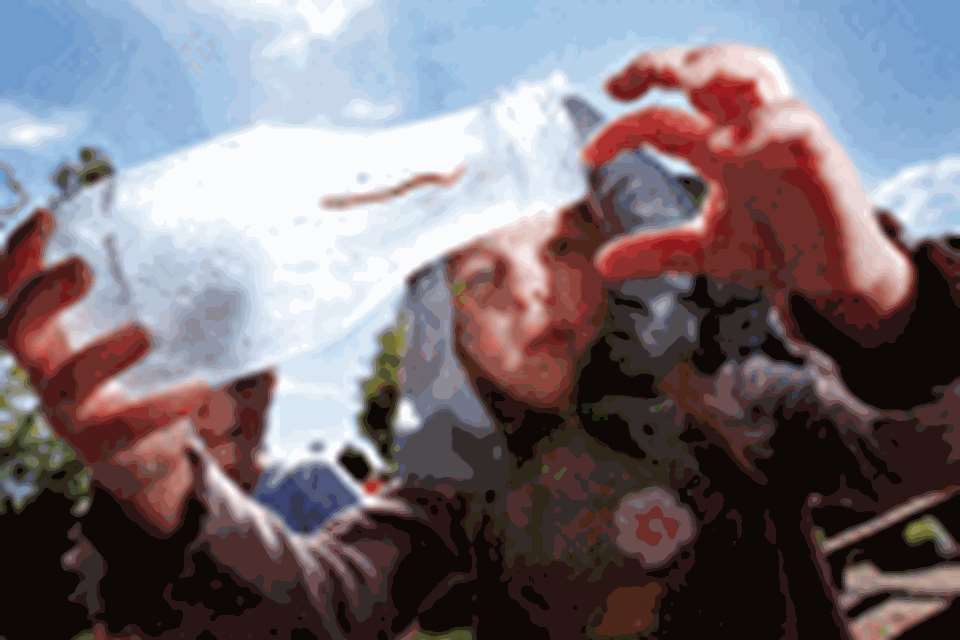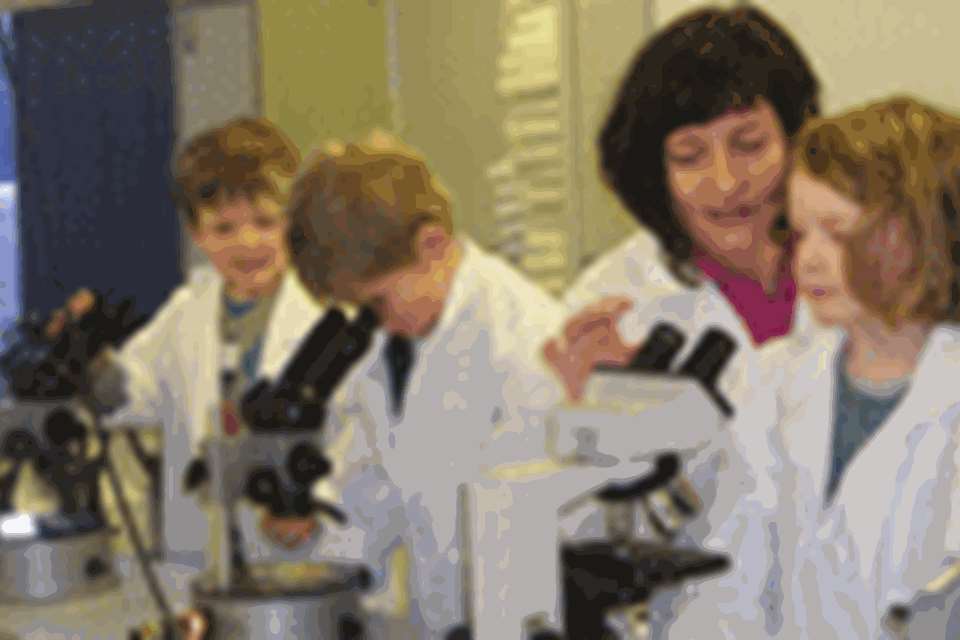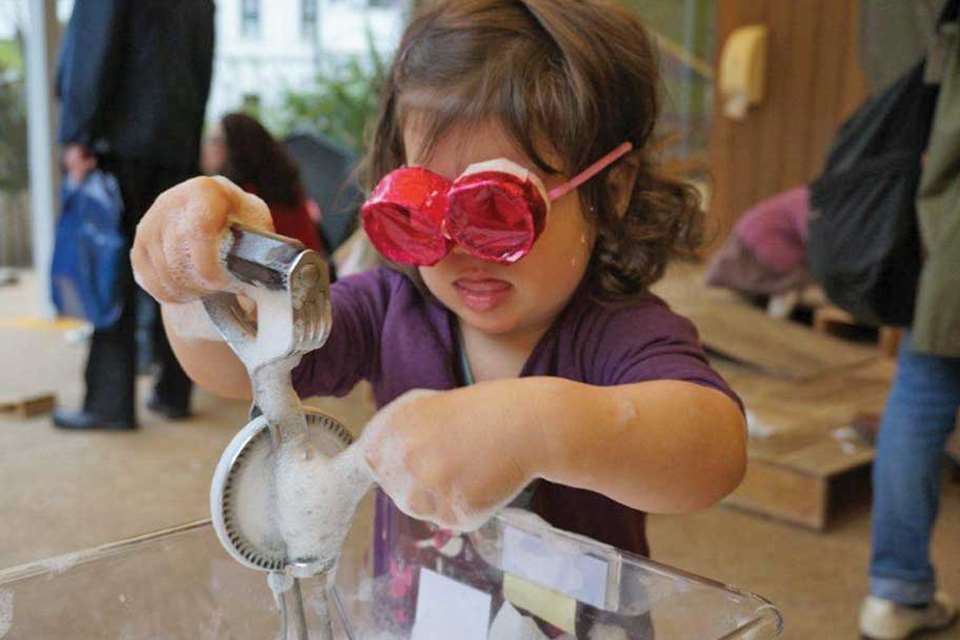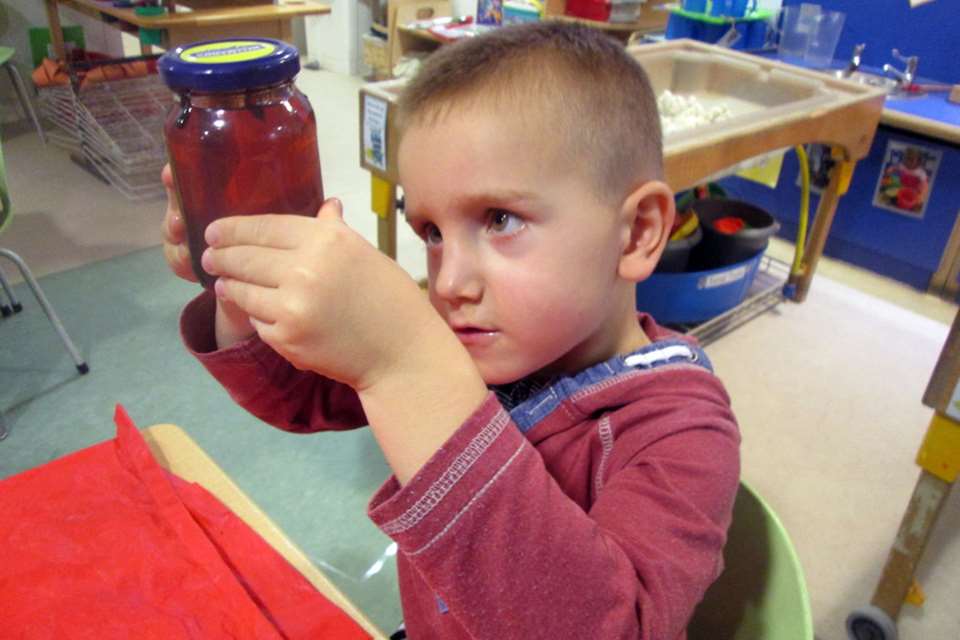Home Learning: A parent’s guide to… early science
Penny Tassoni
Monday, June 12, 2017
Tips for encouraging children’s inquisitiveness, by Penny Tassoni

From very early on in their lives, children show interest in the world around them. They want to touch, hold and see how objects work. Once they start to talk, they soon begin asking questions. At first, children begin with ‘What’s that?’, but this soon leads on to ‘why’ questions. So, it is perhaps not surprising that early science activities form part of the early years curriculum.
FIVE THINGS YOU NEED TO KNOW
1. Understanding the world
In England and Wales, early science activities are part of the curriculum area known as Knowledge and Understanding of the World (Wales), and Understanding the World (England). In Scotland, early science activities form part of the sciences section within the Curriculum for Excellence. In all early years systems, children are encouraged to explore, notice changes and differences in the world around them. Your child’s nursery or childminder is likely to look at nature, but also at properties of materials such as water and sand. In addition, your child’s setting is likely to plan specific activities such as planting seeds or going for a nature walk.
2. Intellectual development
Children’s brains are hungry for stimulation and new learning. Many early science activities will encourage your child to concentrate as they explore or look at something different or new. Something as simple as watching how ice melts in water or how magnets ‘stick’ to some – but not all – items made of metal will stimulate your child’s mind. The term ‘sustained shared thinking’ is used in some settings to describe the way that adults and children come together to explore and talk about things of interest.
3. Developing language
One of the great things about early science activities is that children often want to talk about what they can see. This means that during early science activities, children’s language is developed. They use questions but also learn specific vocabulary, which in turn helps them to remember key features about what they have seen and done. A good example of this is the way that children may start to point and say the names of things – for example, ‘cobweb’ – once they have looked at one with an adult.
4. Physical development
Some early science activities such as using a magnifier or holding a paper windmill encourage children’s physical development in many ways. Children may need to hold or manipulate objects, and this helps their hand skills; or they may need to stand or sit still as they look at an animal move. Interestingly, being still requires many physical skills, including balance and good muscle control.
5. Emotional development
There is something very satisfying about exploring materials or noticing changes during the cooking process or as things grow. Children also get a sense of satisfaction and pleasure from being alongside adults and being engaged in early science activities. It supports their confidence and helps them feel very valued. You may also find that your child enjoys telling you and other adults around them about what they know or what they have seen.
TIPS FOR EXPLORING SCIENCE AT HOME
There are many ways that you can help your budding scientist at home.
Shower time and bath time
Anything to do with water is hugely appealing for children. You can use a shower or bath time to help your child learn a little more about the properties of water. Choose a time when you are not in a rush and encourage your child to watch the way that water goes down the plug hole or how a sponge can hold so much water. You can also look at how water vapour settles on tiles and windows, and experiment to see which towel dries faster – a thin one or a thick one?
Time to stand and stare
Children can find odd things very interesting when out and about. It is often worth taking time to allow your child to just stand and stare. It might be that they have seen a spider or a plane in the sky. With today’s technology, you can follow and develop your child’s interest using your mobile phone. There are a huge number of apps that will identify things that interest your child. Look out for the CloudSpotter or iRecord Butterflies apps.
Bubbles
It is surprising what you can do with a tube of bubbles! While your child might not be able to hold the ‘wand’, they may enjoy blowing out a bubble or trying to catch bubbles. Talk to your child about how the bubbles move – perhaps they blow away with the wind, or do they fall to the ground? Can you help your child to notice that bubbles rotate as they move through the air? Create some giant bubbles by dipping the wide end of a funnel into a bowl before blowing through the other end.
Weather
Whatever the weather, there is plenty to talk about and discover. You can look at how puddles form in dips on the pavement or road and note how if on a walk back, they may have disappeared because it is sunny. Look at how some daisies in the grass close once the sun goes in, or put up a simple wind chime or windmill to watch what happens.
Finally…
The great thing about early science activities with children is that you don’t need to know all of the answers. That comes later. The key is for your child to enjoy noticing the world around them.
[asset_library_tag 1496,Download the PDF]









